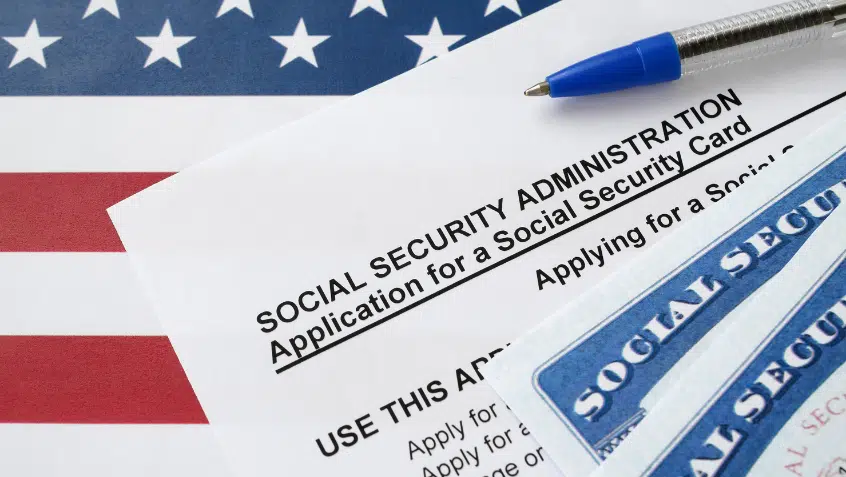New Study Shows That People with Medicare Stayed with Their Providers for Telehealth

At the beginning of the COVID-19 public health emergency, policymakers relaxed rules around how people with Medicare could access telehealth services. In part, this allowed beneficiaries to seek remote care from providers they did not already have relationships with. A recent report from the U.S. Department of Health and Human Services Office of Inspector General (OIG) shows that few took advantage of this opportunity, which could be important information as policymakers determine what Medicare telehealth should look like after the public health emergency ends.
The OIG studied Medicare claims from March to December of 2020. During that time, 26 million people with Medicare accessed health care services via telehealth, and 84% received telehealth services solely from providers with whom they had an established relationship. People in traditional Medicare were more likely to use their established providers than those in Medicare Advantage.
This finding can help guide future conversations about the established patient requirement, which is an attempt to combat fraud, waste, and abuse—thought to be especially common in telehealth. The OIG has been conducting “significant oversight work assessing telehealth services” in order to inform what policies are necessary to protect access to care while avoiding fraud.
At Medicare Rights, we see the potential for increased access to care that telehealth can provide. As Medicare Rights’ president testified during a Congressional hearing, we support the ability to provide telehealth services for both new and established patients as well as the removal of all distant site practitioner restrictions so long as appropriate clinical and evidentiary thresholds are met. As with other expansions of telehealth, these changes should be accompanied by robust oversight and data collection to ensure that beneficiaries are receiving the care they need. Telehealth should only supplement, not supplant, the availability of in-person care for those who want to see their providers face-to-face.
Read the OIG summary and report.
Read the testimony of Medicare Rights president Fred Riccardi on The Future of Telehealth.
The Latest
Most Read
Trump Administration and Elon Musk’s DOGE Closing Social Security Offices, Harming Access to Services
Threats to the Social Security Administration and to Benefits Continue to Raise Alarm
New Resources Show House Budget Would Slash Medicaid, Despite Voters’ Support of Program
Federal Government Funding Decisions Loom
Add Medicare to Your Inbox
Sign up to receive Medicare news, policy developments, and other useful updates from the Medicare Rights.
View this profile on InstagramMedicare Rights Center (@medicarerights) • Instagram photos and videos









